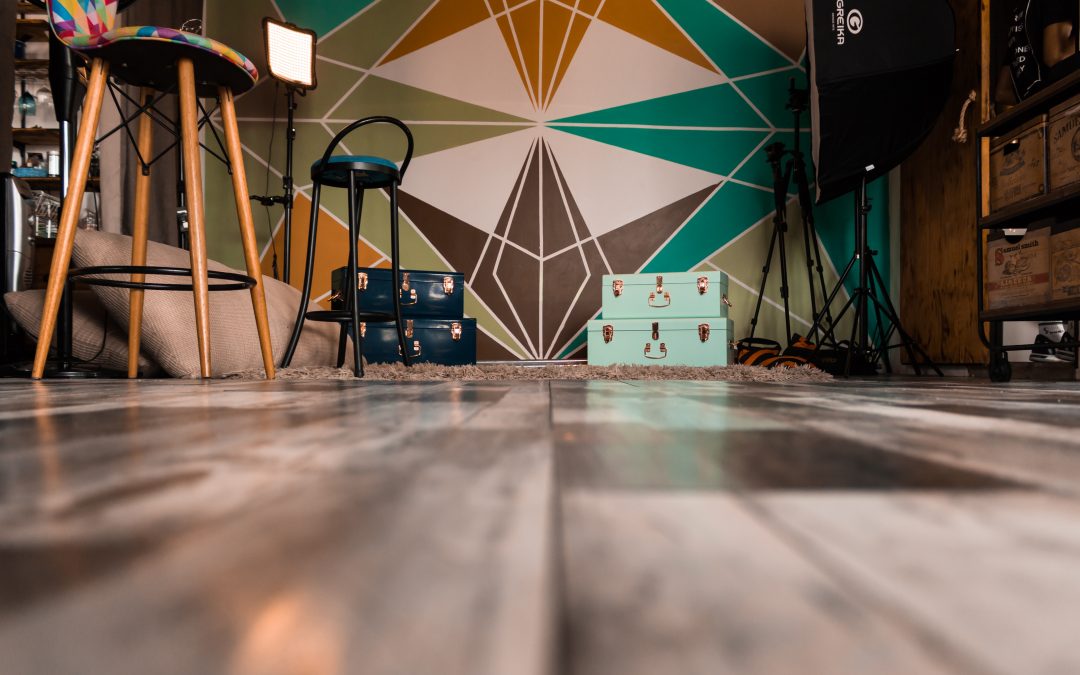When it comes to flooring options, engineered wood flooring is a true game-changer. With its unique construction and a touch of innovation, this flooring solution offers the perfect blend of function and style. But what is it, and why should you consider it for your next flooring project? Let’s dive into the secrets of engineered wood flooring and discover why it’s become a favourite among homeowners.
Engineered hardwood flooring is designed with layers that combine the best of both worlds. At a minimum, the top layer is made of 100% real hardwood, providing that authentic and luxurious look and feel. However, it’s the core that sets engineered wood flooring apart. It can be made of layers of hardwood or softwood, usually crisscrossed and bonded together, or of a wood composite like HDF. The core enhances the stability and strength of the flooring. A pick and mix of materials that are ‘engineered’ to work together, and be more stable than their real wood counterparts.
Thanks to its construction, engineered hardwood is much more stable than solid hardwood. It’s less likely to shift or expand when exposed to changes in temperature and humidity. This makes it a great choice for areas where traditional hardwood may not be suitable, like basements, condominiums, or rooms with concrete subfloors. It also makes it the choice for wide or ultra-wide boards. For example, if the swell rate for a 6″ board of Red Oak is just 2%, the seasonal expansion could result in a swell or shrink rate of 1/8″. In a room 15 feet wide, that could be over 3 inches of movement. The layered structure of engineered wood can come close to eliminating expansion and contraction and also minimizes the risk of warping or moisture damage, ensuring a long-lasting flooring solution.
One common misconception is that engineered hardwood is cheaper than the same floor made of solid hardwood. In reality, the cost of manufacturing is much higher for engineered hardwood. Instead of just being milled into shape, the top layers need to be made in lamellas, and then the core needs to be milled into its various components, and then all of these layers need to be glued together using expensive, high-quality adhesive and sophisticated state-of-the art presses. In theory, though, as the cost of hardwoods increases in relation to softwoods or lower grades of hardwood, the overall cost of engineered flooring can come down to the same or even lower than the cost of solid flooring.
Some engineered hardwood can also last just as long as solid hardwood. With some manufacturers boasting as much as a 6mm wear layer, engineered hardwood can be refinished as many times as solid hardwood. Of course, to cut costs, some engineered flooring can have a very thin top layer, making refinishing impossible.
As with any product, doing your research and buying from a reputable, top-quality manufacturer is important. This is especially important for engineered hardwood. The top layer, the grade, and the structural warranty are all vital. Since engineered hardwood is made up of multiple components, its structural warranty and the company that stands behind that warranty are super important.
So, whether you’re looking to sprinkle warmth and elegance in your living room or want to rock a dependable and eye-catching basement floor, engineered wood flooring could be the answer to your dreams. Its construction, combining layers of hardwood, softwood, or composites, ensures stability, durability, and resistance to moisture. With a wide range of finishes and styles available, you can find the perfect engineered wood flooring to suit your taste and create a stunning focal point in any room.
Embrace the secrets of engineered wood flooring and transform your space into a masterpiece of durability and style. Discover the endless possibilities and make a statement with this versatile flooring solution that will stand the test of time.
